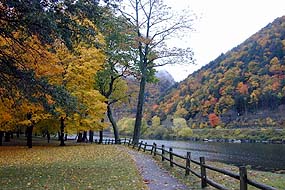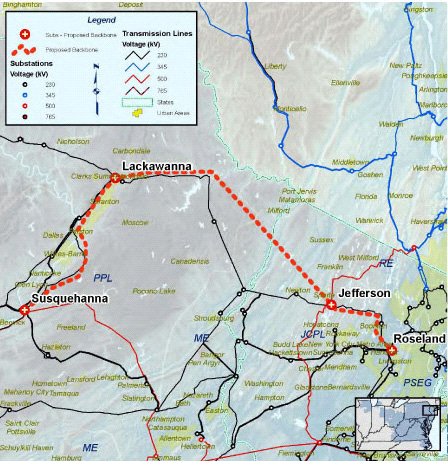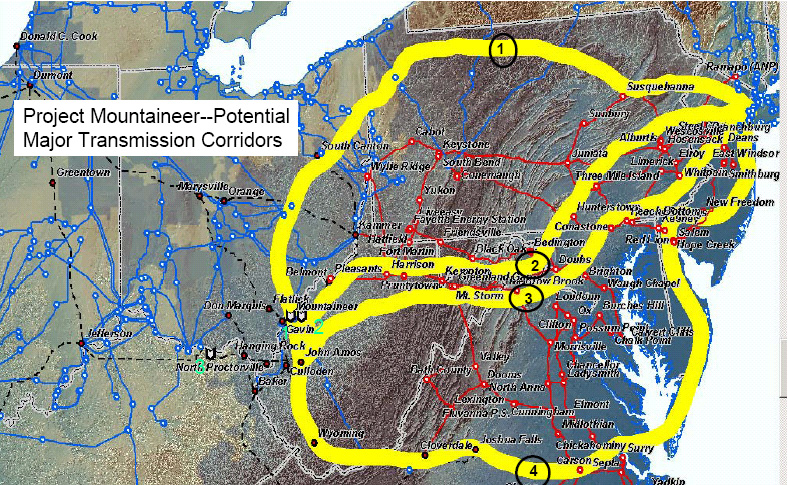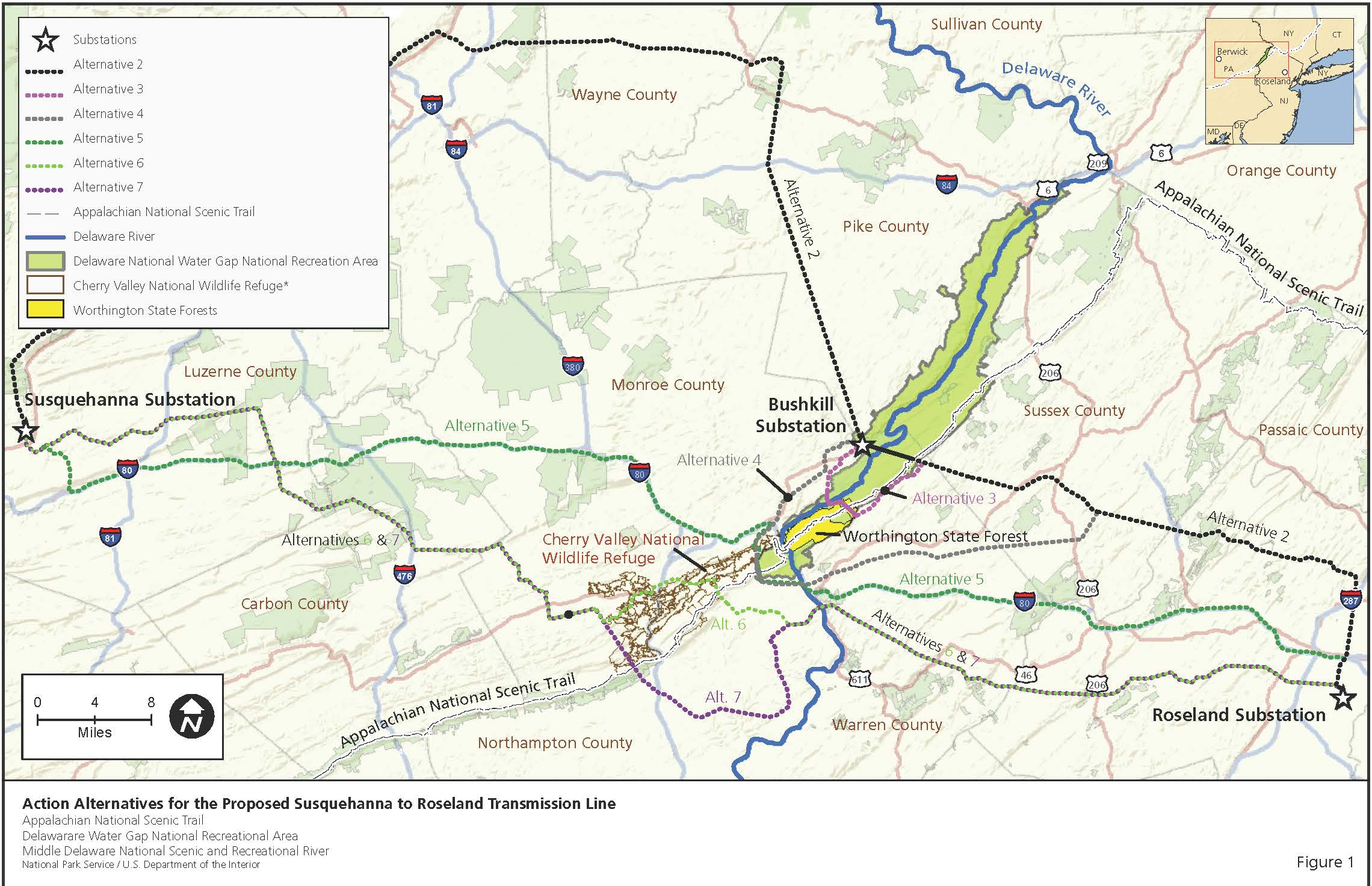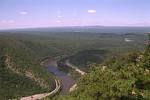PROCEDURE ALERT: PUC going off in the weeds with “modifications”
June 28th, 2018
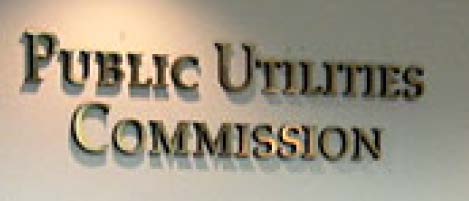
We’re in another day of Enbridge Line 3, today no oral argument or comments, it’s deliberation only. In the intro, Commissioner Sieben introduced a lot of modifications, laid out on a sheet of paper which was passed around to Commissioners, and then Commissioner Tuma did the same with I believe a couple of sheets (he seems to introduce something at every meeting, spring it on people, with no time to review). Now they seem to be negotiating how they’re going to approve the Certificate of Need. ?? I have no idea what they’re talking about, there are no copies for the public, and the documents Commissioners Sieben and Tuma have not been eFiled. ???
Sierra Club and other intervenors have filed a Motion objecting to entry of new information that has not been subject to review, and that the information should be subject to a contested case proceeding before the Administrative Law Judge.
20186-144310-01_New Info_Remand for Contested Case Proceeding
As they’re going now, it’s as if they are negotiating a settlement with Enbridge, but hey, what about the intervenors, who are parties with equal standing in this?
They’re talking about “beneficiary,” but what they’re searching for is “additional insured.” And they’re talking about unavailability of insurance for this, well, this is right along the lines of Price-Anderson for nuclear, where we subsidize the industry with no-fault coverage with nominal recovery allowed!
I have tried to get copies eFiled of the Sieben and Tuma sheets that have been passed around, struck out. Ain’t happening.
They’re talking about a “landowner choice” program where landowners have the option of removal of the old Line 3 from their land. Schuerger is raising issue of need for informed consent. YES! So can we hear from intervenors about all this? Big issue — all of this is proposed to be handled in a Compliance Filing, and there’s no procedural option for anyone to comment on compliance filngs, unless people just jump in and take it upon themselves to file comments — but there’s no suggestion or guarantee that any comments on what Enbridge comes up with, that it will even be considered.
What a mess… Certificate of Need approved, with directive to adopt the Recommendation of the Administrative Law Judge to the extent that it is consistent with their decision — that’s backwards, putting the cart before the horse. Are they making such a mess of this so that on appeal the court will throw it out?
Now on to the route permit.
Oroville dam has been under scrutiny forever!
February 18th, 2017

That’s the mess that stopped Amtrak’s Coastal Starlight train, and we had to take a bus around it, from Redding down to Sacramento (that leg is up and running again, but now Costal Starlight between San Luis Obispo and LA is down). Climate change and extreme weather is the theme of the month, particularly during this “vacation” which is turning into a “Climate Change Tour.”
Yesterday’s storm fortunately was focused on southern California, so the Oroville dam area didn’t get hit as hard as was thought earlier:
Deadly storm slams Southern California – CNN.com
But this Oroville dam safety issue is nothing new:
Releasing water at Oroville Dam a lingering problem
How Did the Oroville Dam Crisis Get So Dire? – The Atlantic
Oroville Dam Disaster Is a Wake-Up Call for Infrastructure Investment
Sacramento Bee –Check out this interactive 3D model of Oroville Dam
For years there has been ongoing safety analysis and scrutiny, yet here we are now. ??? In crisis… many people evacuated, over 180,000 in many cities and surrounding areas:
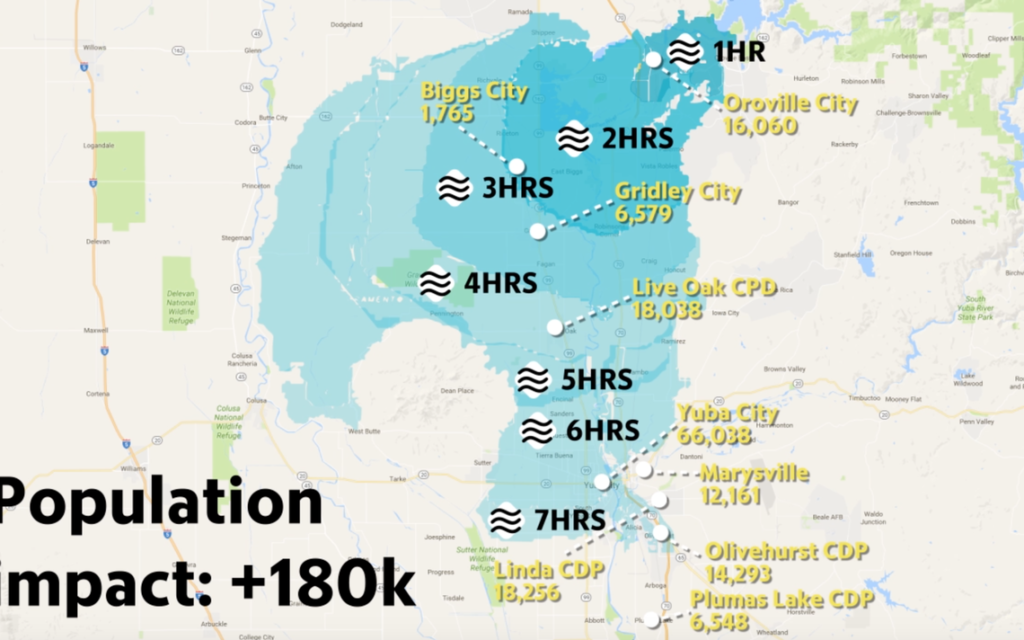
Look up FERC Docket P-2100 for more info, much is about Thermalito, but much is about Oroville. It’s about 50/50. The “good stuff” is CEII, which means that regular folks can’t look.
I’d heard there was a 2005 safety report in the relicensing docket, but can’t find a public copy. Here’s an example of what I found most interesting in the Oroville docket… BUT WAIT… it’s CEII, so we have no way of knowing what’s at issue:
| Category/ Accession |
Doc Date/ Filed Date |
Docket Number |
Description | Class/ Type |
|
|||||||||||||||||||||||||||||||||||||
| Submittal 20141216-5278 Document Components |
12/16/2014 12/16/2014 |
P-2100-000 | Department of Water Resources under P-2100 submits Ninth Part 12D Independent Consultant’s Safety Inspection Report and Supporting Technical Information Document for Oroville Dam. Availability: CEII |
Report/Form / Part 12 Consultant Safety Inspection Reports |
|
INFO | ||||||||||||||||||||||||||||||||||||
| Submittal 20141210-5070 Document Components |
12/10/2014 12/10/2014 |
P-2100-000 | Department of Water Resources submits CEII Potential Failure Mode Analysis Report for Oroville Dam under P-2100. Availability: Public |
Report/Form / Other Dam Safety Report |
|
INFO | ||||||||||||||||||||||||||||||||||||
| Submittal 20141210-5071 Document Components |
12/10/2014 12/10/2014 |
P-2100-000 | Department of Water Resources submits CEII Potential Failure Mode Analysis Report for Oroville Dam under P-2100. Availability: CEII |
Report/Form / Other Dam Safety Report |
|
INFO | ||||||||||||||||||||||||||||||||||||
| Submittal 20141205-5099 |
12/05/2014 12/05/2014 |
P-2100-000 | Update to Service List for Pierce Atwood LLP Under P-2100. Availability: Public |
Pleading/Motion / Procedural Motion |
|
INFO | ||||||||||||||||||||||||||||||||||||
Susquehanna-Roseland update – lawsuit v. NPS !!!!
October 15th, 2012
The Delaware Water Gap is one of the few National Park Service Wild and Scenic Rivers, and it’s in a struggle to stay that way. I represented Stop the Lines before the New Jersey Board of Public Utilities administrative proceeding, which ended with a permit issued to PSEG. Boooo-hisssss.
TODAY, a lawsuit was filed by National Parks Conservation Assoc., Appalachian Mountain Club, Appalachian Trail Conservancy, Association of New Jersey Environmental Commissions, Delaware Riverkeeper Network, New Jersey Highlands Coalition, New York-New Jersey Trail Conference, Rock the Earth, Sierra Club, Stop the Lines versus Ken Salazar as Secretary of the Interior and head of National Park Service, and Dennis Reidenbach as Northeast Regional Director of National Park Service:
Complaint – National Parks Conservation Assoc., et al. v. Salazar & Reidenbach
GOOD! Serves them right, after caving to Obama’s transmission fast-tracking!
So what’s the scoop? PSEG and PPL have targeted the Delaware Water Gap for a crossing of its Susquehanna-Roseland transmission line. Here’s the NATIONAL PARK SERVICE PAGE for the project.
Here’s the full map:
Which is a small part of the bigger picture, part of line #1 on this Project Mountaineer, the transmission for coal scenario hatched at a top secret FERC meeting in 2005:
The alternatives evaluated by the National Park Service’s Delaware Water Gap in their EIS looks like this (click on map for larger version):
Here’s the link to the National Park Service’s Final EIS. Inexplicably, National Park Service went from identifying the “no action alternative” as the Environmentally Preferred Alternative, to a (rolling over) “STICK IT HERE!” Oh, and a payoff of $30-40 million. And then there’s “pre-approval” of the project by NPS…
Stay tuned!
Hyperion SD Supreme Court Arguments
October 8th, 2012
The South Dakota Hyperion Refinery and IGCC plant, “affectionately” known as the Gorilla project, is being challenged by Sierra Club, Save Union County, and Citizens Opposed to Oil Pollution, and here is a link to watch/hear the arguments before the South Dakota Supreme Court, a BIG thank you to Sioux Falls’ Arugs Leader for putting up this link (I lost it 2/3 of the way through, and am trying to get back there):
Hyperion Supreme Court Arguments
Sierra Club, et al., are represented by Gabrielle Segal and Robert Graham, There’s a really annoying 60 cycle hum, grrrrrrrrrr…
WOW, at least one judge on this case doesn’t understand the difference between the South Dakota state PSC’s construction permit, an air permit, and an Environmental Impact Statement, another asked a surprising question about authority, I’d guess this hasn’t come up often in South Dakota. Looks like there’s very little understanding of what the scope of environmental review should be and how environmental review fits within permitting review for a project, questions about jurisdiction and authority. Oh my… the judge on the far right is astounding ignorant of fundamental administrative and permit law, and it seems he’s looking to limit what is under review in this case… oh… my… dog..
All the attorneys are doing a good job, direct and specific responses to questions, well argued. But the questions from the Supreme Court justices…. very disturbing… seems they’ve not read the briefs or looked up the statutes at issue.
A few reports in the media:
South Dakota Supreme Court asked to strike down permit
Hyperion “committed” to building in Union County South Dakota
There’s a repository of info in this case on the Sierra Club’s Hyperion site, but it takes a password to get into it, so I’ve requested, am waiting, and will post more info as it becomes available.
Maryland rejects PATH transmission line
September 10th, 2009
Potomac Appalachian Transmission Highline
The Washington Post says:
Allen Staggers — Ja, I’ll bet he sure does now!!!
***********************************
Yes, “transmission from hell” is everywhere… here are some sites for opponents of the PATH line:
Pennsylvania Land Trust Association
The Applicants who just got slapped up by Maryland:
And here’s the TOADIES for PATH – dig the logo, compare with PATH:
***************************************
Maryland’s Public Service Commission seems, indeed, to be dedicated to the public! It has rejected the Potomac-Appalachian Transmission Highline, PATH, transmission project application.
The Baltimore Sun gets it:
PSC right to reject power line
In the Frederick News-Post:
Maryland Commission Rejects PATH Transmission Application
Posted Thursday, September 10, 2009
“We see it as a procedural decision based on interpretation of Maryland law,” Colafella said.
Allegheny and AEP will continue to pursue the line in Virginia and West Virginia, he said.
